They were hiding.
Even when they were in recovery from addiction, they were afraid to tell their stories.
It was a struggle seven years ago, as more people started to die during the heroin and prescription-painkiller epidemic, to get anyone who'd been through it to talk about it. Often, their parents were hiding, too.
Then it became evident to many moms of addicted children that they had to speak out, bluntly. There seemed to be no other way to stop this massive public health crisis.
This was the precursor to my current heroin beat, in 2012 and 2013. Yes, the opioid epidemic had been snaking through our communities for about a dozen years, but this was when accidental overdose deaths started outnumbering traffic fatalities.
Heroin had driven into the scene and it seemed that every idyllic suburb of Northern Kentucky was afflicted. (I was in our Kentucky office back then.) We were at Ground Zero.
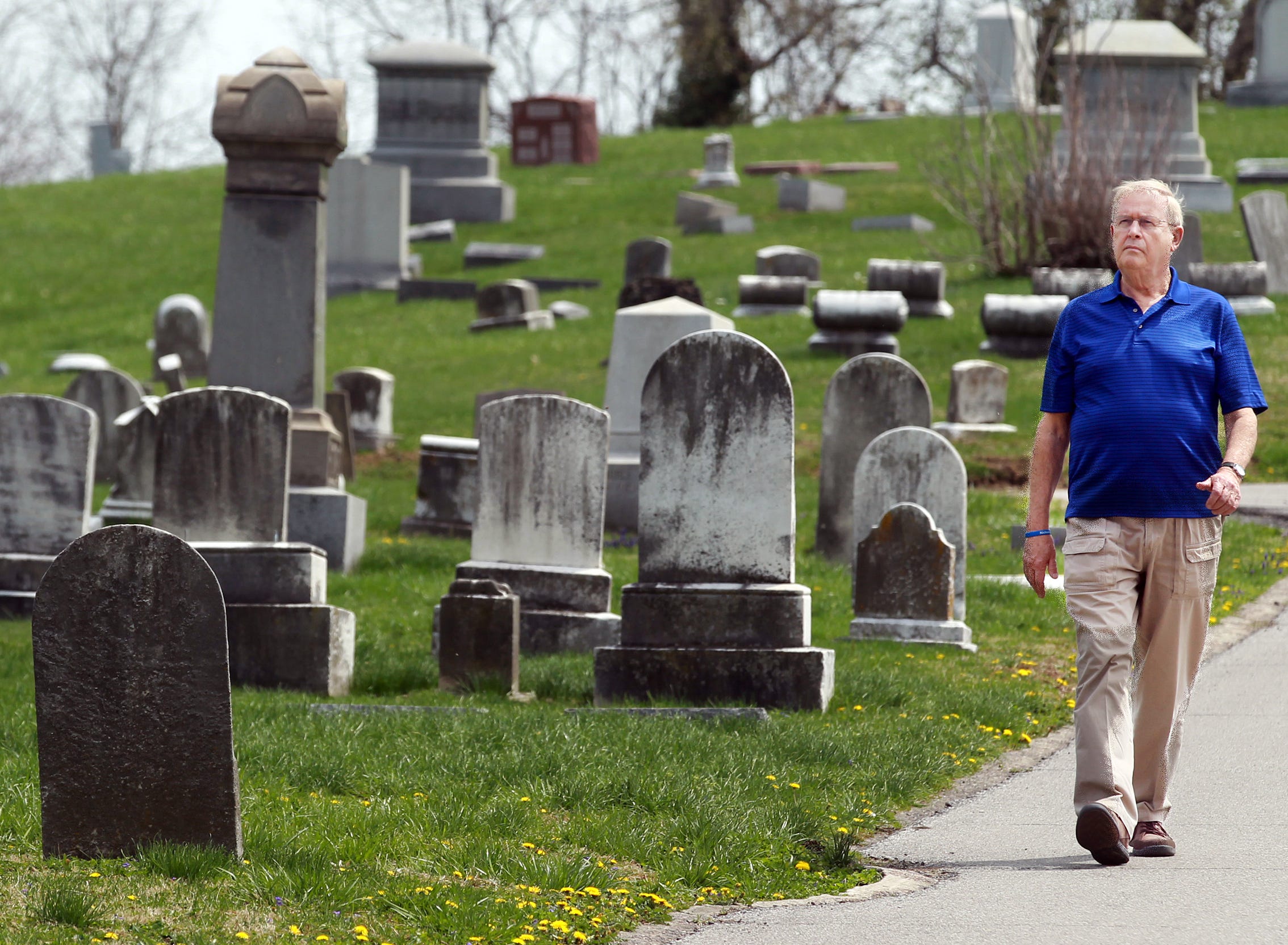
Many simply could not believe it was happening here. A young man overdosed in his girlfriend's bedroom in a lavish home in Boone County and when paramedics rang the doorbell, the adults there were dumbfounded. Overdose here? No.
This, it seemed, was the beginning of a tumult of deaths of our neighbors.
The beginning is what it felt like, even though one dead young man's mom in Northern Kentucky had been crying out for help for more than a decade already. First, for her son. Then, for others' sons and daughters.
Charlotte Wethington, of Morning View, tried repeatedly to get health care for son Casey, who was drowning in a heroin addiction that no one could figure out. She was told that she'd have to wait for him to "hit rock bottom" before he could recover.
Without addiction treatment, Casey died in 2002, at 23.
The tears I watched spill from Charlotte's eyes were just the first. From then on, I'd listen to anguished mothers who could not protect their children. I'd get calls from worried moms whose kids were calling them because they were sick from withdrawal in a jail cell. From frightened parents whose sons or daughters had relapsed and disappeared with the family car or a credit card.
It was Charlotte who started collecting the mothers of addicted children to offer them hope, promoting a law – the Matthew "Casey" Wethington Act for Substance Abuse Intervention – that she'd gotten the Kentucky General Assembly to pass. Now known simply at "Casey's Law," the legislation lets family or friends seek treatment for loved ones with addiction who refuse help.
I also remember when most of these families depended on trial and error for help. Go to a doctor? Why? Most doctors had no clue how to treat their disease.
I remember talking to the cops, because this was before health departments were involved in what was clearly a public health disaster. The cops threw up their hands.
People would puzzle and argue over this thing called "harm reduction." (They still do, but more are on board now.) It was a new idea for our region and questioned by even the most well-meaning. Should we work to keep people alive as they inject themselves with an illicit drug? Should we keep them safe and give them help and hold their hand loosely – instead of locking them up or letting them march to their deaths?
There was no needle exchange here then.
Christi Woodruff died in April 2011 from a blood infection that started in her arm from a contaminated needle and wound up in her heart. She was 30. Her mother, Jenni Woodruff of Alexandria, was helpless to protect her.
Kentucky legislators changed the law in 2015, after Jenni testified at a hearing. She carried with her a hand-made poster emblazoned with a photo of her daughter. But the rigmarole to put the law into action, wow. Campbell and Kenton counties' exchanges, with conditions, were finally established in mid-2018. Boone County still doesn't have one.
In Greater Cincinnati, a mighty, mostly volunteer needle-exchange effort on a shoestring budget started in 2014. Four years later, Hamilton County Public Health, with others, started paying for needle exchange sites with a vow to sustain them.
Nicholas Specht stopped breathing at 30 years old in August 2013 behind a bathroom door at his parents' Fort Thomas home. He'd overdosed. And when the police arrived, they couldn't help. They had nothing to revive him. Neither did his parents.
"I didn't know what naloxone was," said his father, Eric Specht.
I remember that, too. How does this opioid overdose antidote work? How do you pronounce that? How do you even spell it?
The family created the nonprofit NKY Hates Heroin, which advocates for, and raises funds for, treatment and recovery help.
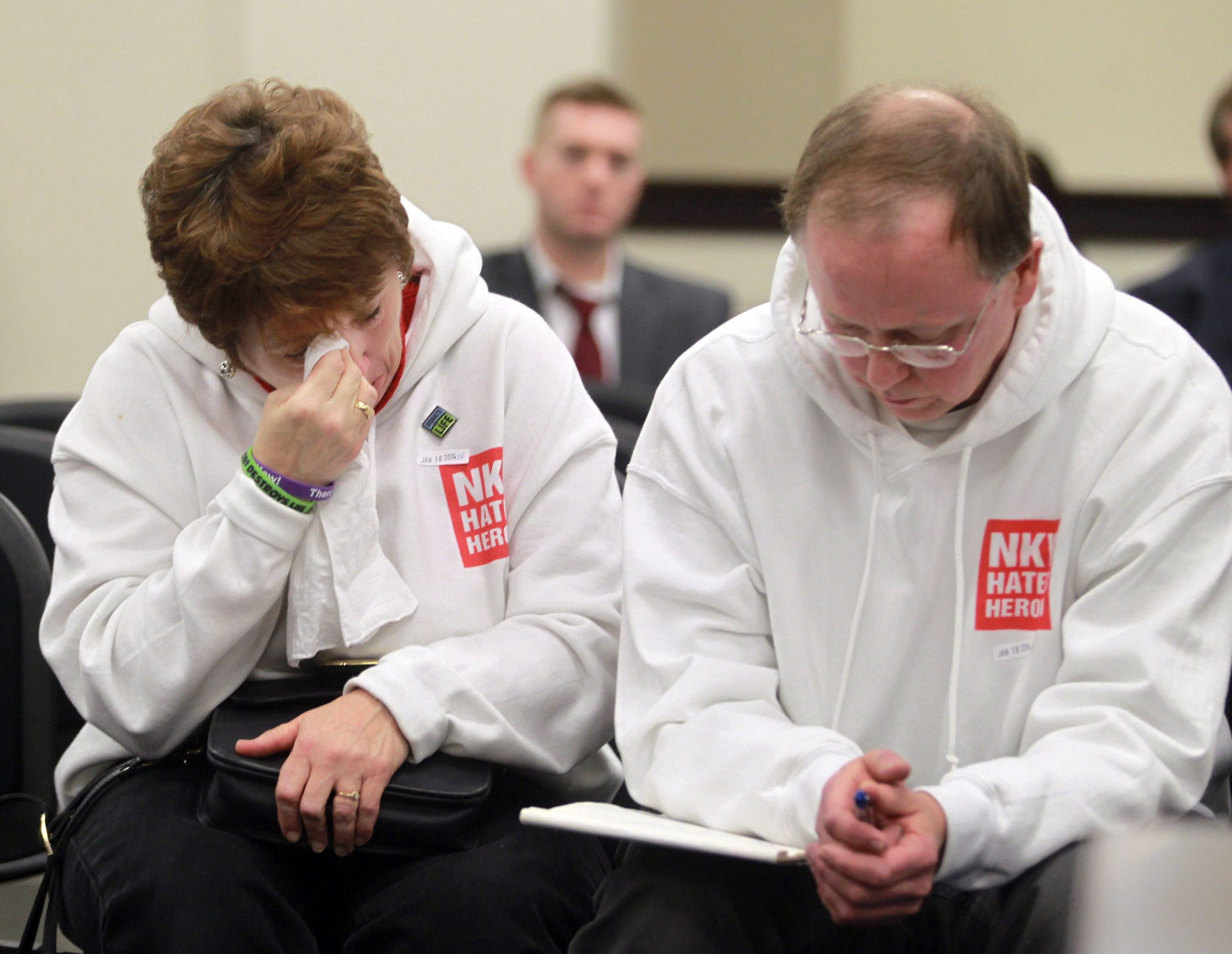
I remember the talk, early on, of a "Lazarus drug." It'd been approved for use among emergency medical caregivers in 1971, but if you were at risk of overdose you could forget about your family or a friend carrying it. You could not get it, even though it's a non-narcotic that, if given to someone who's not overdosing will only hurt for a second, as if a squirt of water is being shot up their nose.
I watched as busloads of people in recovery were taken to a cold, Falmouth storefront where there was no running water, where a grass-roots group including a doctor, some moms, a couple of nurses and a few activists trained people to use naloxone. It was a rogue endeavor. Naloxone hadn't been approved yet to be handed out this way.
When it was, NKY Hates Heroin helped to disseminate naloxone.
We've gotten better. We need to do more. It's what I think about every day.
Twice a year, (birthday and death day) and more randomly in between, I see Facebook posts from a mother I met in 2015, sobbing and shaking seven months after her 22-year-old son died from a heroin overdose.
The irony here is that Coty's mom, Rhonda Dupuy, had made an appointment for him to get medication-assisted treatment, which shows the most promise in keeping opioid users alive and stable enough to respond to therapy. Then, she said, "there was a holdup with insurance."
The appointment was delayed until May 27. Coty used one more time and died May 25.
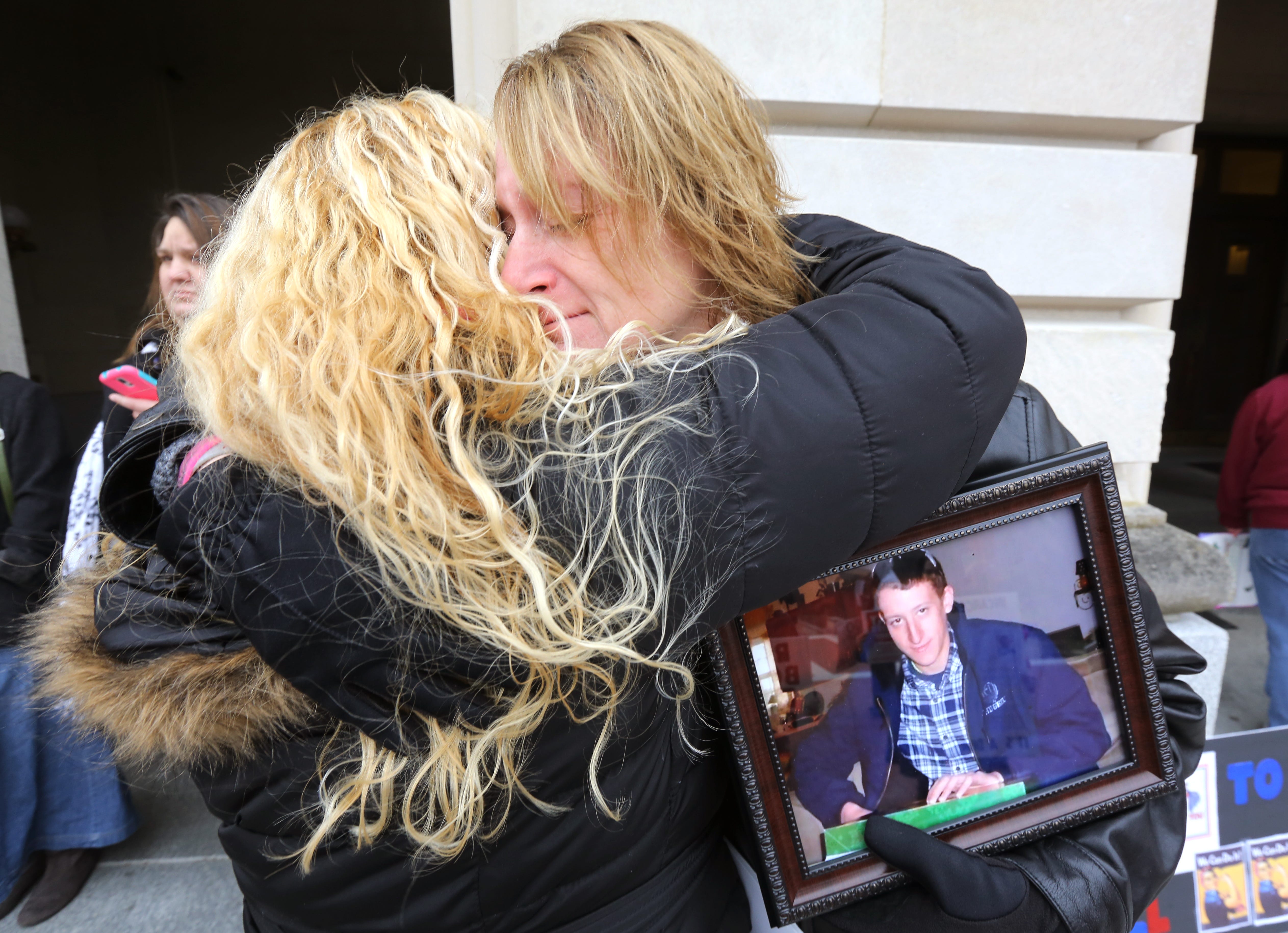
These parents are just a smattering of the bewildered and heartbroken I've met since I started covering this nationwide crisis that has dug in and hunkered down in our communities.
I am privileged to do it.
I got to talk, early on, to experts from New York City who'd been using harm-reduction tactics since 1994 to help protect those vulnerable to HIV. We still talk. We are on a first-name basis. (Oh and HIV? Yes, that's another symptom of the epidemic that hit here, as predicted.)
I was lucky enough in 2016, thanks to The Enquirer's then-Editor Peter Bhatia, to be given time and space to develop an expertise in addiction and, particularly, opioid addiction. I've met and routinely conversed with some of the world's leading researchers and specialists in addiction and with those fighting it on the ground.
I wrote about Baltimore's kitchen-sink approach to overdoses. That city had been lauded for making sweeping attempts to keep people alive after a devastating year of deaths, so our editors agreed to let me go there to witness it.
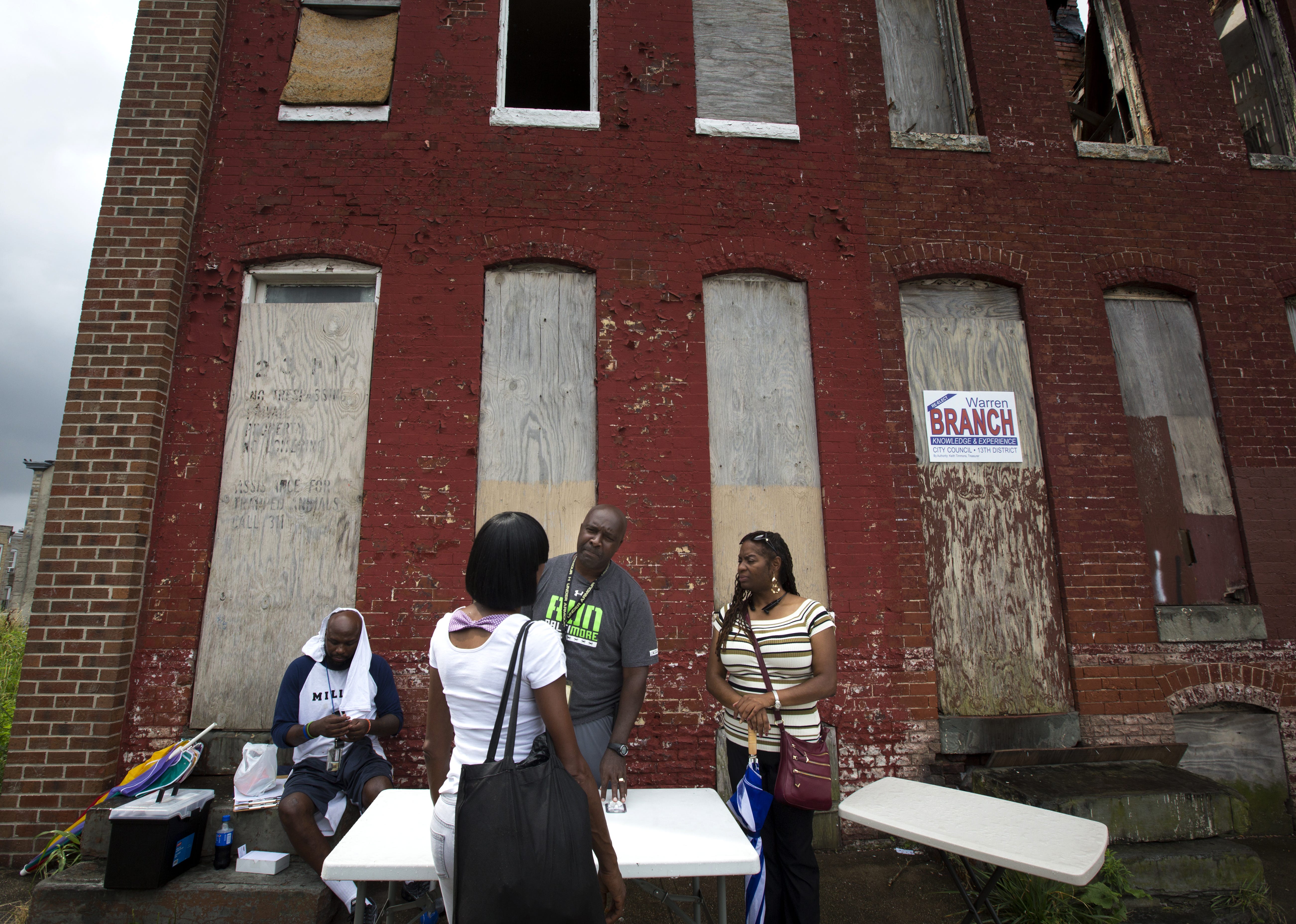
My partner, photographer Carrie Cochran, and I went with public health agents to some of the grittiest Baltimore streets. About a quarter-block from a corner store where the addicted stood and waited for a black SUV to pull up with drugs they needed, the harm-reductionists set up a table and went to work.
Then-health commissioner Dr. Leana Wen had blanketed the prescription of naloxone to all 620,000 Baltimore residents.
Health department agents went to the streets with folding tables and displays of naloxone and told curious passersby that they could be first-responders and save lives. People stopped and listened, learned and left with this life-saving medication.
After that story published, I heard from someone from Hamilton County Public Health who thought the comparison of cities was unfair. Yet, here we are, three years later, and similar programs, plus others, have been established in Greater Cincinnati.
From September 2017 to September 2019, the Hamilton County Narcan Distribution Collaborative distributed 37,750 kits.
So sometimes, you have to stop and look at how far we've come. You just have to.
In southwest Ohio, we used to have weeks-long waiting lists at treatment centers to be seen for a health condition that could kill someone any minute.
Now the average wait time is 48 hours or less. Not perfect, but better.
Some hospitals (Mercy Health, for one) are offering medication-assisted treatment to those who've overdosed to help them wait out the time before they get into treatment. And St. Elizabeth in Northern Kentucky is getting some patients from the emergency room to Journey Recovery Center outpatient services within just eight hours.
Some police departments (Alexandria was first here) even have Angel programs, where people can come in, turn in drugs and get help without being arrested.
And yet
The terrible still happens.
I remember reporting about a mother who arranged for her daughter to get heroin in the Kenton County jail. How could a mother do that? People were shocked. The mother suffered from addiction, too. Could she have been trying to spare her daughter the pain of withdrawal? It was a question I had to ask, though no answer came.
The daughter died. The mother was convicted of trafficking to her daughter. There is no sadder story.
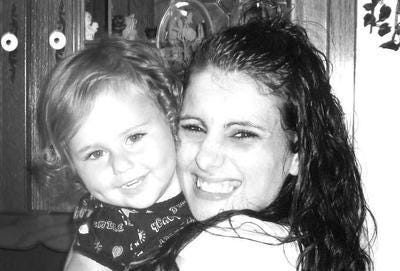
That jail has evidence-based treatment now for inmates.
And what about fentanyl? Remember when that turned up? It's been on the streets about half as long as I've had this beat.
This is the drug that had officials dropping their jaws because of its strength. At first, it was being sold mixed with heroin to unwitting buyers.
Remember when more than 170 people overdosed in Hamilton County in a week? I do. That was fentanyl unleashed on the unsuspecting.
Part of that catastrophe came from another synthetic opiate that was new to the streets, carfentanil. I remember an expert telling me this was a "large-animal opioid."
"Horse?" I asked.
"Elephant," he said.
And that's why I dubbed it "the elephant opioid" in my stories for a while. That phrase got picked up by all kinds of national and international media.
About a year later, I was hearing about even more death and fruitless attempts at help. It was: Sure, we can revive you, but get you into treatment afterward? No.
Paramedics and family services workers were exhausted from it all. One paramedic told me in 2017 that he remembered the hair on the back of his neck would stand on end as he headed out on an overdose call. Not anymore, he said. Too common.
Cops and medics were taking care of little children whose parents were not waking up when the children found them. One child in our region called a relative to say his parents seemed frozen at the dinner table. They were dead from an overdose.
I was seeing evidence of our crisis on the streets (sometimes in the weary faces of young women trafficked and addicted), hearing it in phone calls and from families and former users in the region, seeing it in coroner reports and posts on Facebook. And more.
I'm still asking why. I'm still reporting on an evolving system of help and prevention and hope.
But there is progress.
More people are recognizing the threat of addiction and how it can happen to anyone and that there is no place for discrimination and bias against these victims of a chronic health condition.
There’s a nod now to the need for more recovery support. We have certified peer mentors who help guide people in recovery. We have more programs that try to keep families together by providing in-home care. We are focusing more on caring for the children of those with addiction.
The overdose deaths, for the first time in years, dropped in Ohio and Kentucky in 2018.
The outcry for help from the opioid-epidemic warriors – the people living the nightmare – has been heard.
We have fierce, loud, determined and educated voices and stories with names and faces attached.
There’s a lot less hiding, now.
What's next in this crisis?
I plan to find out.
